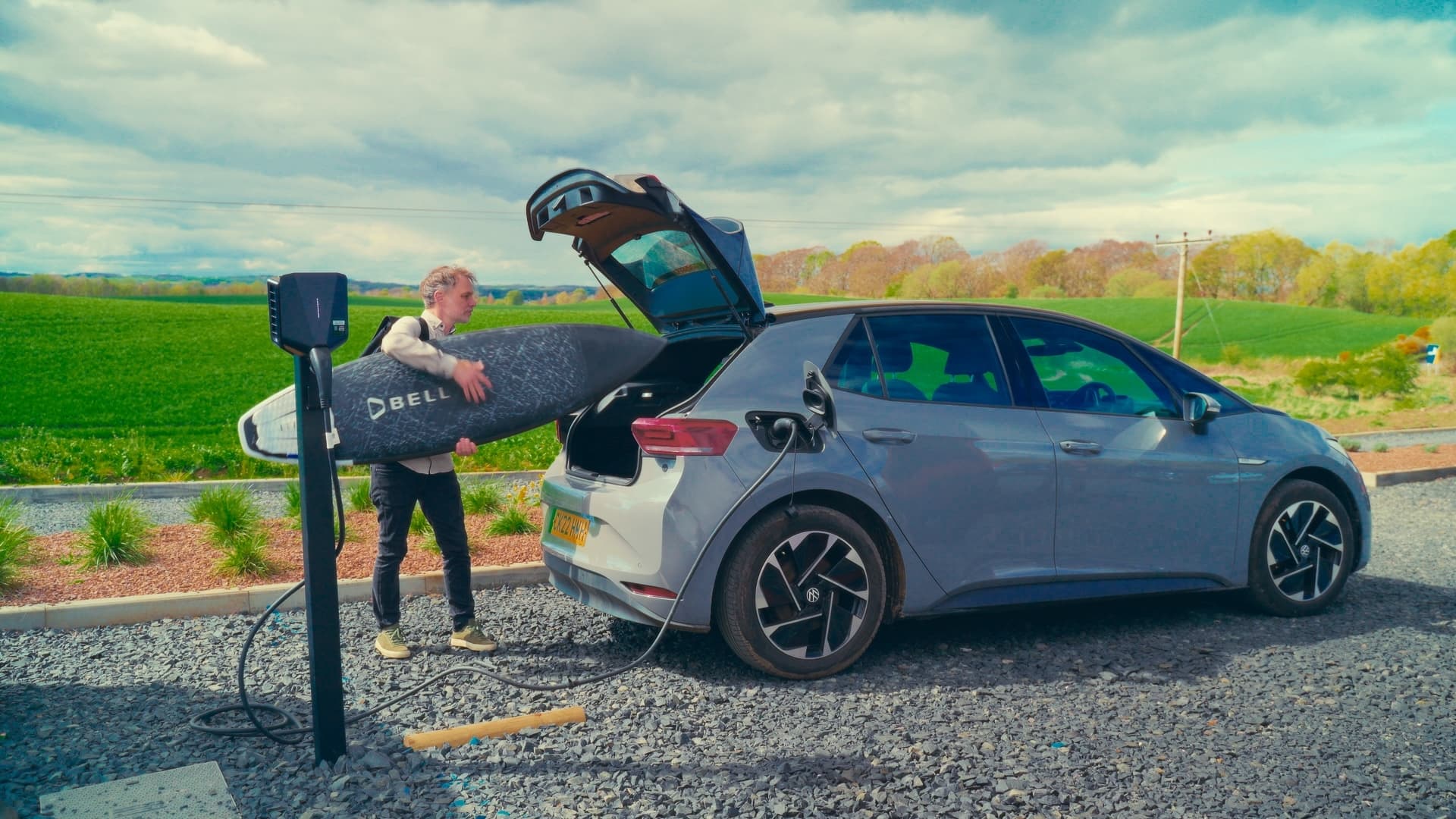Protect your EV range from the winter blues
Some quick tips to get more miles out of your EV in these freezing times.
Imagine… It’s a cold winter morning. You’re stepping through the front door. The sudden cold wind hits you like a slap in the face. Quickly, you rush to your car. As usual, you’ve charged it to 50 percent. Enough to get to the office and back with a bit extra just in case. But halfway through the drive, fear strikes: the battery is running low already! How can this be happening?
Here are some tips & tricks to get more out of your EV battery in the winter.
1: Adapt your charging strategy!
From 0° on, the battery of an (average) electric car can discharge itself. So, with really cold weather, it is not always enough to fully charge your EV once a week. Therefore, plan your charging times well. For instance, it can be useful to schedule the charging session to end around the time you plan to use your car. It ensures that you have a full battery and since it’s also heated from the charging, it will be more efficient with little to no loss of range.
Not using your car for a while in winter? In that case, make sure the battery is always 50 percent charged. An overcharged battery in cold weather is debilitating for the battery. The cold increases the internal resistance, making it harder for the electrical charge to move through the battery. Your battery releases fewer electrons, preventing you from taking full advantage of a full battery.

2: It’s all about the right angle
It is no surprise that the combination of moisture and cold can lead to freezing. Fortunately, car chargers are well prepared for this in terms of design and technology. Some advice would be to look for chargers with a 45-degree downward charging connection (and not 90 degrees), which allows water to drain easily and prevents ice from forming. For example, the Easee charger – from Norway – has a 45-degree Type 2 charging socket. This is because it is specially designed to withstand extreme winters and has an operating temperature between minus 30 and plus 50 degrees. Of course, it is useful to make sure the charger is snow-free whenever possible. It would be a shame if you had to get out the ice scraper to clear the charger of ice just when you are in a hurry.
Is the plug frozen anyway? Then charge your car. Charging generates a little heat which you can use to loosen the cable.
3: Preheat at the charging station
An electric car heats itself with electricity from the battery. This means you lose power by heating when not plugged in at a charging station. Therefore, heat your EV at the end of the charging session instead. Most EVs lets you schedule heating – the same way a smart charger allows you to schedule charging – so make sure you sync it all up before that freezing morning.
Bonus tip!
Save up to 25 percent by using only the seat heater while heating your car. You’ll still be nice and warm, but save precious power that may come in handy later.
4: More grip on the road surface = more grip on your energy consumption
It is wise to swap your summer tyres for winter tyres when the mercury drops below 7 degrees. Winter tyres provide more grip on the road surface. It makes driving safer and reduces energy loss. It is extra important when every kilowatt counts. When it is freezing, it is also more important than usual keep an eye on your tyre pressure. With good tyre pressure, you will earn back up to 13 percent of your battery – drive safer, and longer.




